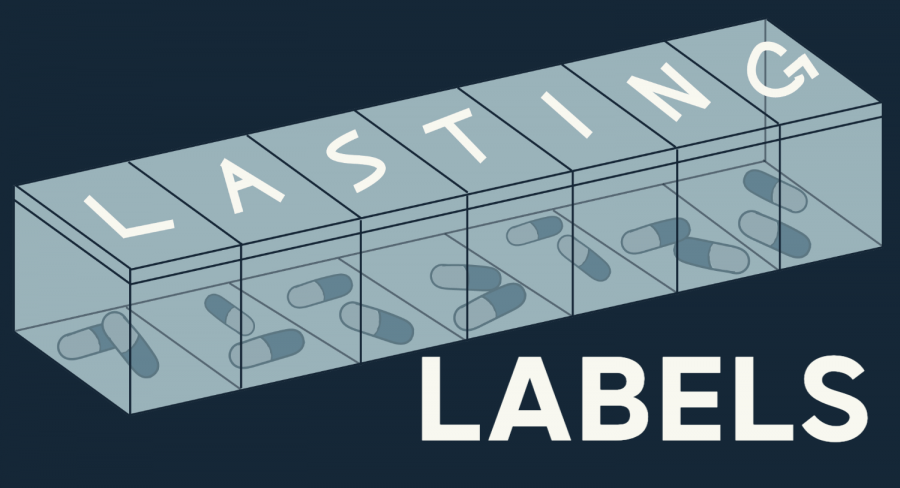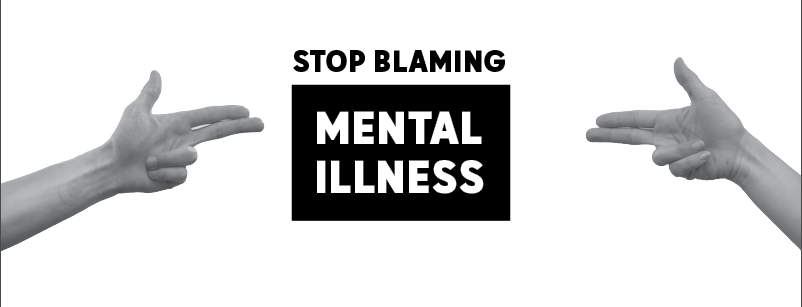Walk confidently and don’t draw attention. Wear dull and unattractive clothing, nothing too suggestive. Pull your coat close around you and pull your bag in even closer. Hold your keys in one hand, ready to spread them between your knuckles. Make sure you’re always out with a friend and never go into an unlit area. Don’t be easy prey. Get in a car or residence quickly and safely. Check the locks twice.
In response to the wave of allegations of sexual assault in the past year, women have taken to social media to share the ways they have become accustomed to keeping themselves safe, reinforcing the idea that sexual harassment and assault are be more common than we think. Some individuals are forced to learn the consequences of other’s nonconsensual actions, even before adolescence. According to the National Sexual Violence Resource Center, one in four women will be sexually abused before she turns 18, and 30 percent of women who have been raped were between 11 and 17 at the time.
At the high school level, changes in technology have made determining when sexual interactions cross the line more difficult. Sexual assault, according to the WAHS administration, is “any unsolicited advancement.” In addition, they stated, “It’s not about what the intent is, it’s how it’s perceived.”

Principal Susie Orsborn believes that sexual assault isn’t just a problem locally.
The lived experience of people who have been sexually assaulted, however, is truly traumatizing. A junior girl, who wished to remain anonymous, explained her experience.
“I don’t trust people now. Even just little things. People talking about it triggers me. People who make rape jokes, it puts me in a state of panic, makes me feel less valid, makes me feel like the one at fault.”
The effects of sexual assault are not fleeting, they leave long-lasting mental scars, even when the physical ones may fade. R.A.I.N.N., the Rape, Abuse & Incest National Network, says that 94 percent of women who are raped or sexually assaulted experience symptoms of post-traumatic stress disorder during the two weeks following the incident. Acts that have consequences such as these are widely expected to be clear and black and white. However, many people, adolescent or not, are ignorant to the nuances that can move something from consensual sex to rape.
When sexual assault is referenced, it is commonly thought to mean only rape. However, the U.S Department of Health and Human Services defines sexual assault as “[…] Any type of sexual activity or contact that you do not consent to.”
Administrators stated that sharing, posting, and taking nude pictures or videos of individuals can also be considered a form of sexual assault and harassment.
“Harassment by definition is the perception that somebody has,” Assistant Principal Rich Engel said. “If they don’t know it’s happening, then yes, I think it probably would be considered sexual harassment.”

Jane Allen, a local psychologist, shares her insight on the common misconceptions about consent. “Sexual assault is an act in which a person intentionally sexually touches another person without that person’s consent, or coerces [them], and it can be physical, or emotional intimidation, [to make] another person engage in a sexual act against their will.” Force, in the form of sexual assault, does not have to be just physical. Persuading someone to the point of saying yes, though they originally and persistently said no, does not grant consent. Emotional boundaries vary from person to person, so a conversation needs to be had in order for both parties to have a clear understanding of what they can and cannot do, before anything is actually done.
While the actions themselves are more consistently right or wrong, the aspect of these cases that leads to the “he said, she said” debate is the concept of consent. The expression of such is what moves a legal act to a criminal one.
“Consent is a clear ‘yes’ to sexual activity. Not saying ‘no’ does not mean you have given consent,” states the United States Office of Women’s Health. “Sexual contact without consent is sexual assault or rape. […] Your consent means you know and understand what is going on, [as in] you are not unconscious, blacked out, asleep, underage, [nor do you] have an intellectual disability.”
Victims of sexual assault, although suffering from the emotional trauma, will commonly never report the crimes or even realize it wasn’t their own fault. The National Sexual Violence Resource Center reports that rape is the most under-reported crime, citing that 63 percent of sexual assaults are never reported. R.A.I.N.N. also reports that out of 1000 rapes, 995 perpetrators will walk free.

A possible reason why so many victims choose to not report their crime is the attention the media gives to false accusations. The National Sexual Violence Resource Center shares stats of false accusations, that false reporting only occurs in 2-10 percent in crimes that were reported.
Whilst it is debatable what the direct cause of underreporting of these crimes is, the National Institute of Justice cites the most visible reasons as being, “Self-blame or guilt, shame, embarrassment, or desire to keep the assault a private matter, humiliation or fear of the perpetrator or other individual’s perceptions, fear of not being believed or of being accused of playing a role in the crime, or lack of trust in the criminal justice system.”
Dropping the stigmas around sexual assault’s female and male victims would increase the number of cases reported. “Don’t try to make people feel invalid. Their experiences were valid. Don’t try to one-up people, every experience is something that happened. All your experiences are valid,” the anonymous junior said.
WAHS is looking for a new approach in educating its students on sex and everything adjacent. Orsborn uses her past experience to explain her reasoning for this switch. “It wasn’t so talked about [when I was in high school] which I don’t think has as much to do with social media as [it does with] education.”
When asked what she would change about the sexual education WAHS offers, Orsborn responded with something new that will be affecting the current underclassmen. “We moved Health 1 and Health 2 to sophomore and junior year. […] We were hoping by moving it [a year above] that we’ll have a greater impact on student behaviors and education.”
With the hope of using education to inform teens of the dangers and precautions of sex, WAHS hopes to prevent future issues involving sexual assault.




